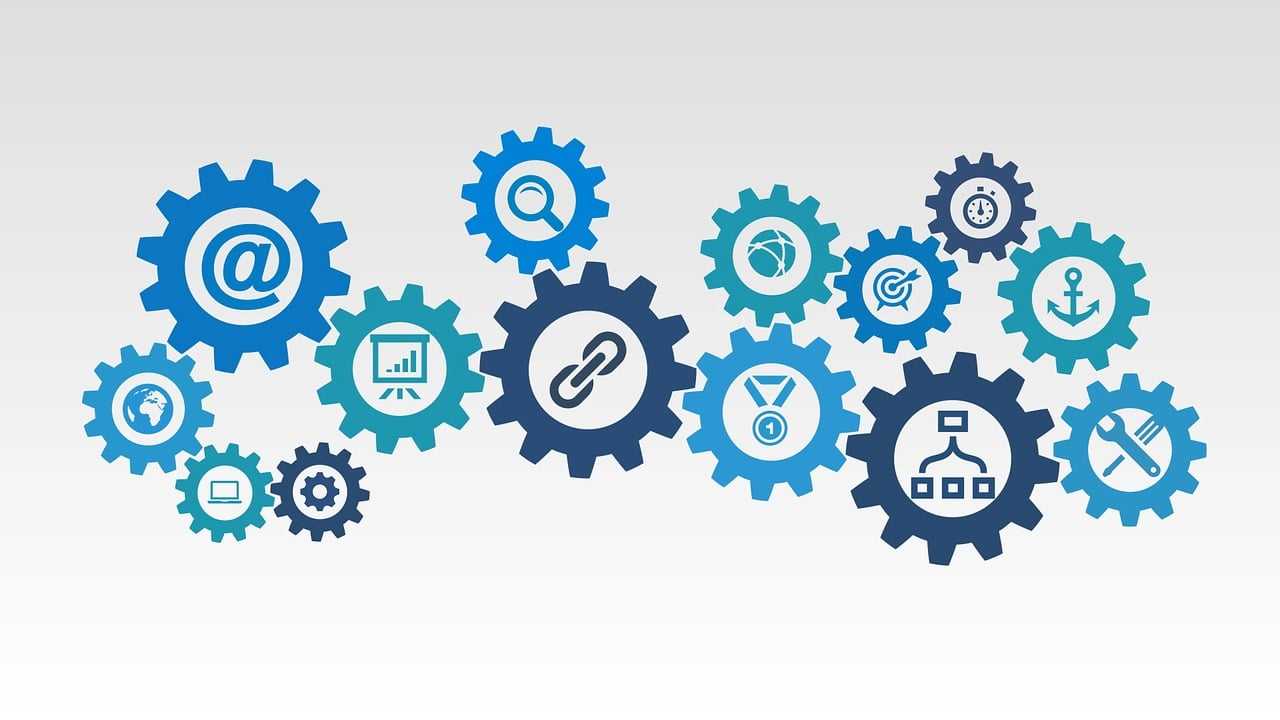
Introduction: The Data Transformation Revolution
In the digital age, data has become the most valuable corporate asset. However, raw data‘s true potential remains locked without sophisticated transformation techniques. Data wrangling tools have emerged as critical technologies that bridge the gap between complex, unstructured information and actionable business intelligence.
The Data Explosion Phenomenon
Global data generation continues to accelerate at an unprecedented rate. Consider these staggering statistics:
| Year | Daily Data Generation | Cumulative Growth |
|---|---|---|
| 2020 | 44 zettabytes | Base Year |
| 2023 | 97 zettabytes | 120% increase |
| 2025 (Projected) | 181 zettabytes | 311% growth |
Historical Evolution of Data Wrangling
Early Data Management Challenges
Before modern data wrangling tools, organizations faced significant challenges:
- Manual data entry and transformation
- High error rates
- Limited scalability
- Inefficient processing
- Significant time investments
Technological Milestones
- 1960s: Early database management systems
- 1980s: Spreadsheet software emergence
- 1990s: SQL and relational database technologies
- 2000s: Big data platforms
- 2010s: Cloud-based data transformation
- 2020s: AI-powered data wrangling
Comprehensive Tool Analysis
1. Python Pandas: The Data Science Workhorse
Technical Architecture
- Open-source data manipulation library
- Built on NumPy foundation
- High-performance data structures
- Extensive statistical capabilities
Performance Metrics
| Operation | Pandas Efficiency | Traditional Methods |
|---|---|---|
| Data Loading | 0.5 seconds | 3-5 seconds |
| Transformation | 1-2 seconds | 10-15 seconds |
| Complex Aggregation | 3 seconds | 30 seconds |
2. Apache Spark: Distributed Data Processing Paradigm
Enterprise Capabilities
- Large-scale data processing
- In-memory computation
- Multi-language support
- Real-time stream processing
Global Adoption Rates
| Industry Sector | Adoption Percentage |
|---|---|
| Technology | 65% |
| Financial Services | 52% |
| Healthcare | 38% |
| Retail | 45% |
| Manufacturing | 33% |
3. Trifacta: Enterprise-Grade Transformation
AI-Powered Features
- Intelligent data recognition
- Automated transformation recommendations
- Visual data preparation interface
- Machine learning integration
4. Alteryx Designer: Low-Code Revolution
Key Differentiators
- Drag-and-drop workflow design
- Extensive pre-built connectors
- Predictive analytics integration
- Rapid deployment capabilities
Emerging Technology Trends
Artificial Intelligence Integration
AI is revolutionizing data wrangling through:
- Automated data quality assessment
- Intelligent pattern recognition
- Predictive transformation suggestions
- Anomaly detection mechanisms
Cloud-Native Data Transformation
Market Projection
| Cloud Deployment Model | 2023 Market Share | 2028 Projected Share |
|---|---|---|
| Public Cloud | 42% | 58% |
| Private Cloud | 33% | 25% |
| Hybrid Cloud | 25% | 17% |
Economic and Technological Impact
Global Market Dynamics
Data Wrangling Market Size
- 2023 Estimated Value: $3.8 billion
- Projected 2028 Value: $9.6 billion
- Compound Annual Growth Rate: 15.2%
Industry-Specific Transformations
Vertical Market Adoption
- Financial Services
- Healthcare
- Retail
- Manufacturing
- Technology
Regulatory and Compliance Landscape
Data Privacy Considerations
- GDPR compliance
- CCPA regulations
- Cross-border data transfer restrictions
- Ethical AI guidelines
Future Technology Predictions
Emerging Innovations
- Quantum computing integration
- Blockchain-enabled data verification
- Edge computing transformations
- Decentralized data processing
Professional Development and Skills
Required Competencies
- Programming knowledge
- Statistical understanding
- Machine learning basics
- Cloud technology familiarity
- Regulatory awareness
Conclusion: The Continuous Evolution
Data wrangling tools represent more than technological solutions—they are strategic enablers of digital transformation. As data complexity increases, these technologies will become increasingly sophisticated, intelligent, and integral to organizational success.
Key Recommendations
- Continuous learning
- Technology agnostic approach
- Regular skill upgradation
- Strategic tool selection
- Compliance awareness
The future belongs to organizations that can effectively harness, transform, and derive insights from their data assets.
About the Research
Methodology: Comprehensive analysis based on industry reports, technological assessments, and expert interviews.
Disclaimer: Technology landscape evolves rapidly. Readers are advised to conduct independent research and consult experts for specific implementation strategies.










